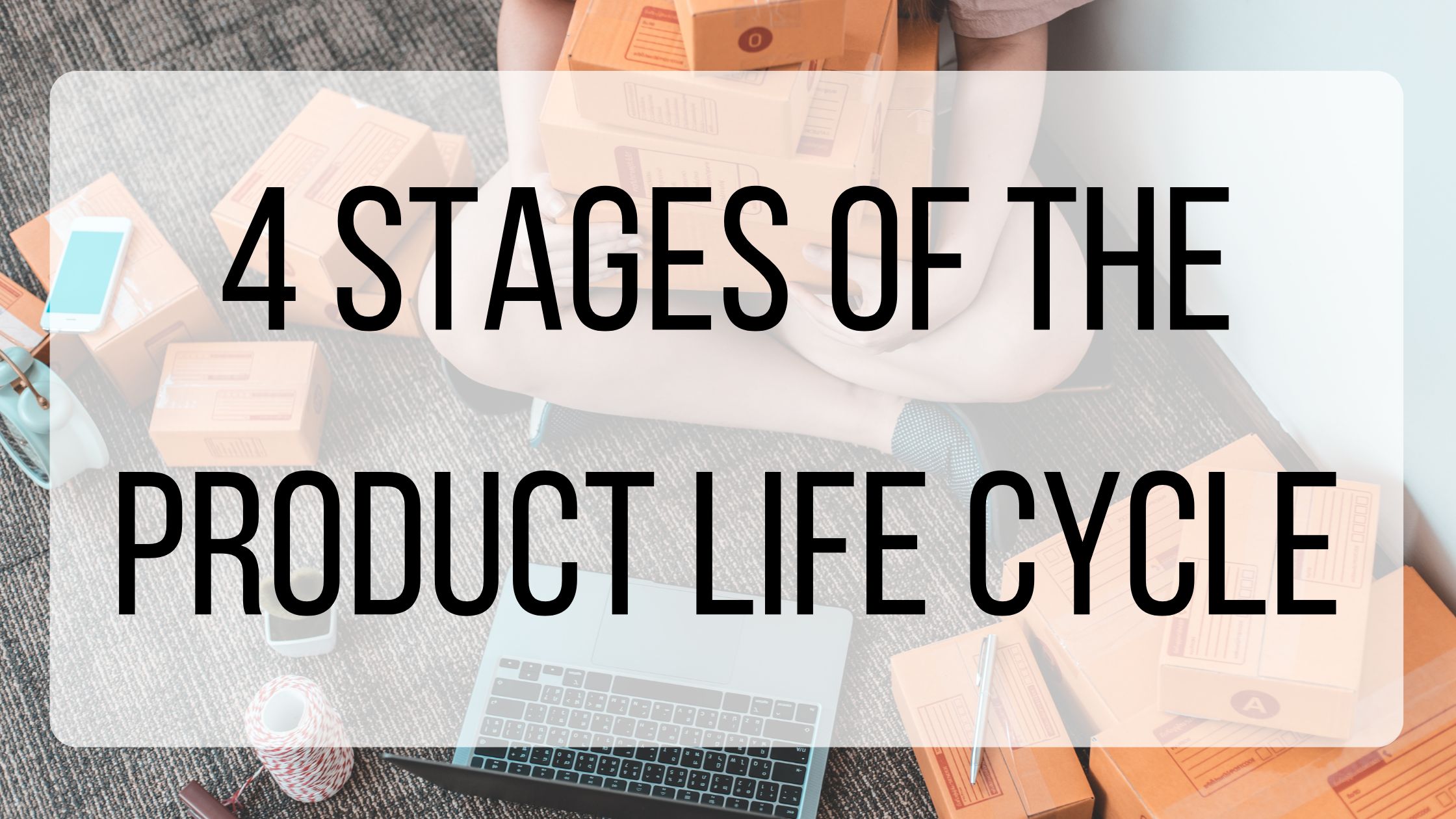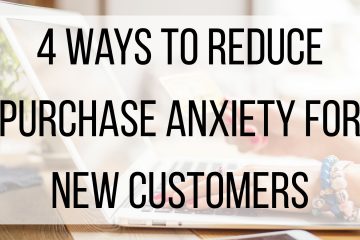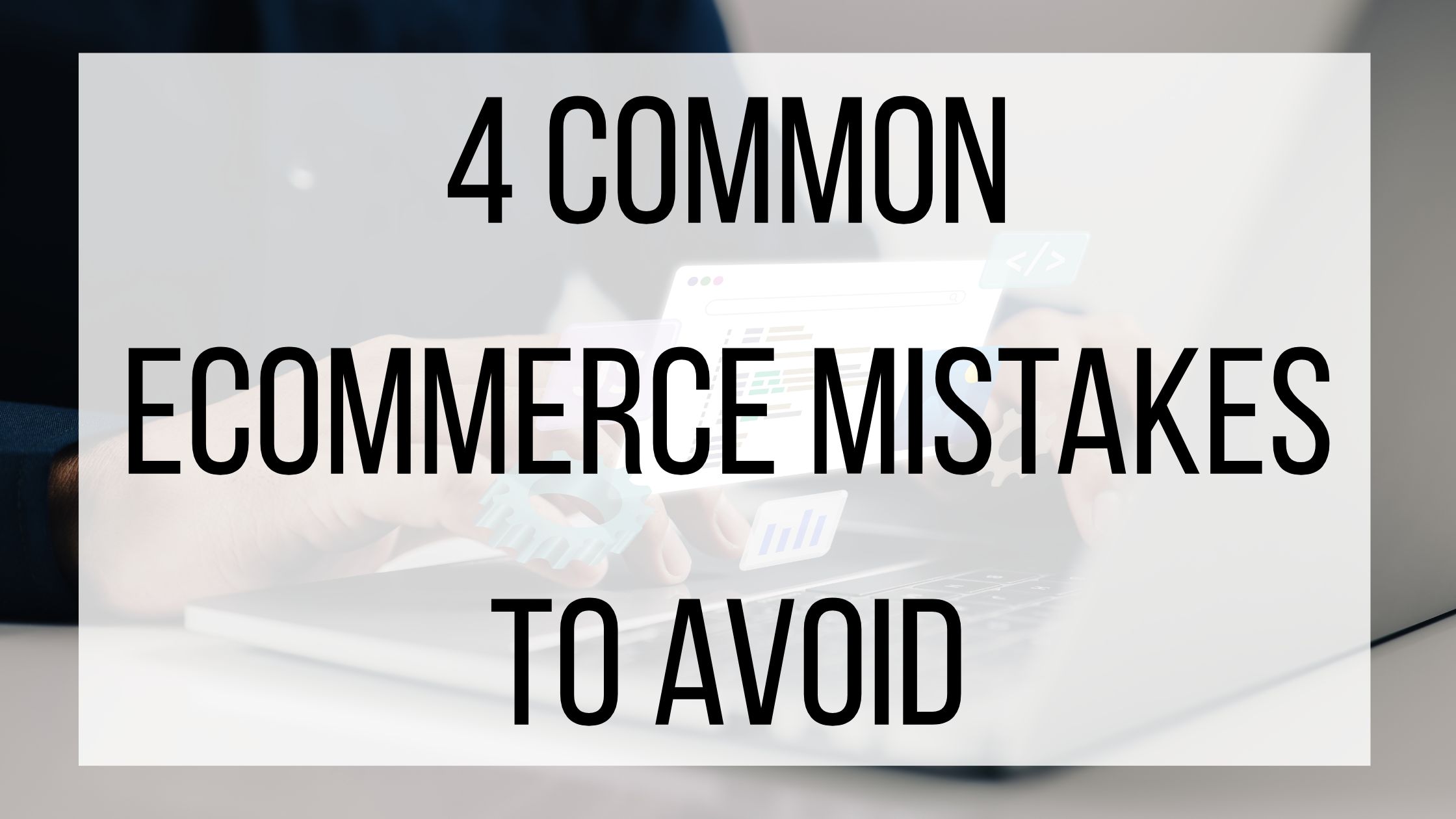4 Stages Of The Product Life Cycle

Creating and advertising products is a huge part of any business strategy. Your business centers around what you are selling, and how to sell it to your audience. Whether your product is new and innovative, or a tried and true favorite, knowing the stages of the product life cycle can help you keep your products relevant and successful.
What Is A Product Life Cycle?
A product life cycle is the time frame where a product enters the market, grows, matures, and declines. Each phase of the product life cycle is important in its own way, and knowing what phase your product is in helps ensure that you are keeping your business up to date and giving your customers what they need.
The 4 Stages Of The Product Life Cycle:
Introduction:
The first stage of the product life cycle is introducing the new product or service, and finding your target audience. During this stage, the focus is on educating your audience about the product and raising excitement. Let your audience know why your product is great, why they should try it, and what they have to gain. If you have come up with any special features that set you apart, highlight those to your audience. The more you can get people talking about your product, the bigger audience you will reach and the more customers you will have willing to try it.
Growth:
The second stage is growth. The growth phase consists of higher demand for your product, increased production, and growing profit. This is the phase where your competitors will likely take notice, and might try to compete with their own product or create their own imitation of yours. Branding plays a big part in this stage- if customers are loyal to your brand, they are less likely to switch to a competitor.
Maturity:
Maturity is usually the peak of the product and is often the longest stage. Depending on the product that you are selling, this stage can last anywhere from months to decades. At this point, your audience is familiar with your product, you have worked out most (if not all) of the issues or updates it needs, and you have a loyal customer base. It is easiest to stay in this phase with products that people need to replace every so often, such as tires or electronics. Products that can be expansive, such as games that have sequels every few years, can also stay in the maturity phase for a long time. Make sure that you are still providing your customers with quality products- if you cut corners to make your products lesser quality without lowering the price, your customers are going to look elsewhere. Take customer feedback into consideration, and adjust your product with the market demands. Sometimes even a small change can make a big impact, and your audience will be willing to tell you exactly what they are looking for!
Decline:
Eventually, all products will hit a decline. This is due to changing customer behavior, new products entering the market, and obsolescence. While you will fluctuate during the maturity phase, a steady decline over an extended period might indicate it is time to retire your product.
No products are meant to last forever, but by familiarizing yourself with the product life cycle you can make the most out of each product or service you offer! When it is time to retire a product, listen to your audience’s needs and start the product life cycle again with a new, innovative product.



1 Comment
ovo game · June 8, 2023 at 4:37 am
What a wonderful summary of the product life cycle! To properly manage their products and maintain market competitiveness, organizations must grasp the various life cycle stages.